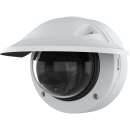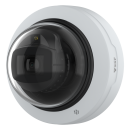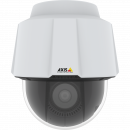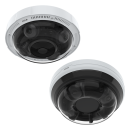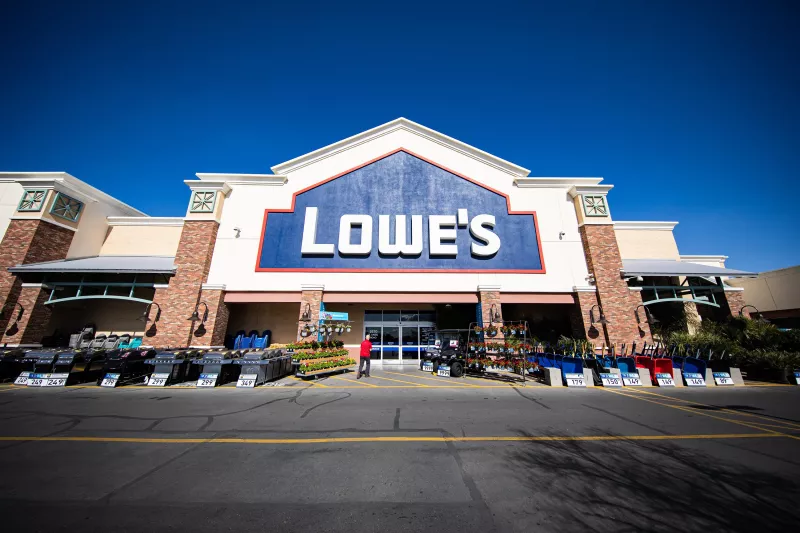
Modernizing Retail Technology Operations to Improve Business Efficiency
Lowe’s partners with Axis to modernize retail technology operations through a best-in-class streamlined network system.
Embracing tech to shape future of home improvement
As one of the world’s leading home improvement brands, Lowe’s Companies, Inc. operates over 1,700 stores nationwide.
Lowe’s is on a journey to become a world-class omnichannel retailer and continues to transform its operations, elevating experiences for both customers and associates. When determining it was time to modernize their security system, Lowe’s partnered with Axis on a four-year journey to convert its legacy analog security system, which utilized over 400 different camera models, to a streamlined best-in-class network system built with Axis cameras and Genetec™ video management system (VMS).
“When we looked at replacing over 80,000 cameras, the task was very daunting,” shares Don James, Senior Manager of Technology Operations for Lowe’s Companies. “Especially when all the stores used different cameras and deployed them differently.”
So how did the Fortune 50 retailer accomplish such a daunting task?
We initially installed the Axis cameras as loss prevention tools for our 2,000 or so Asset Protection users. Now, we have close to 30,000 associates drawing on the cameras for intelligence that can help them improve their department operations.
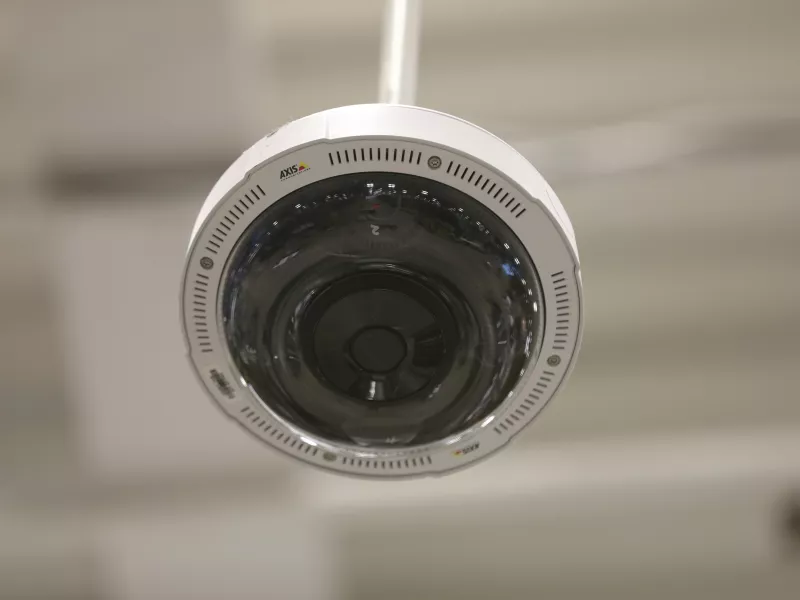
Digitalization of camera technology leads to efficiencies
The first step was to standardize on far fewer camera models to make the new system easier for the technology team to support. To that end, Lowe's limited the project to six main models from the Axis portfolio: AXIS P32 Dome Camera Series, AXIS M42 Dome Camera Series, AXIS M30 Mini Dome Camera Series, AXIS P56 PTZ (pan/tilt/zoom) Camera Series, AXIS P37 Panoramic Camera Series, and AXIS M11 Box Camera Series.
The rollout moved slowly at first. To accelerate the pace, James changed strategies, requiring integrators to preconfigure each camera with certain parameters provided by Lowe’s Store Support Center (corporate headquarters) in Mooresville, North Carolina. So, when they plugged a camera into the network, it is automatically recognized by the controller.
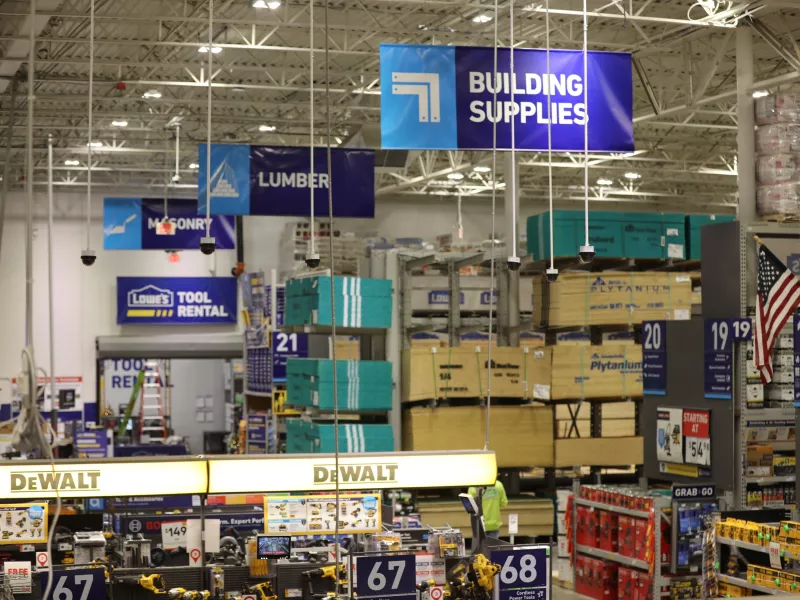
“This allowed us to check camera views throughout the project instead of waiting until the last day to make sure the Asset Protection department was happy with the views,” says James. “Plus, with preconfiguring, we were able to import as many as 2,000 cameras onto the network every Friday.”
Modernizing the camera system meant transitioning to a new video management platform as well. Lowe’s invested in a robust Genetec solution with dedicated on-site servers in each store and UPS power backup for sufficient business continuity. “Collaboration with suppliers to drive efficiency is important to Lowe’s, and a good example of that is how we pushed this project through during the pandemic,” says James. The close working relationship with manufacturers, integrators, and distributors enabled Lowe’s to maintain this aggressive deployment pace even during the height of the pandemic. With cross collaboration, the partners were able to accurately forecast logistics and ensure the timely delivery of products where and when they were needed.
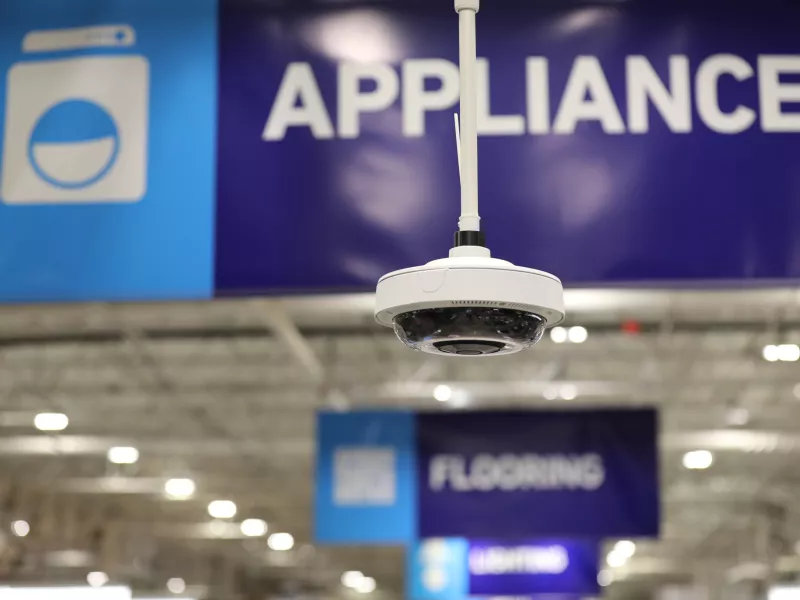
Expanding the user network
The new camera technology has ushered in opportunities to create business efficiencies with an ever-growing network of users. Though Asset Protection employees were the initial target users, today more than 35,000 associates access the cameras for business intelligence about their spheres of operations.
“Our cameras serve many more purposes now,” shares James. “They provide key support for multiple operations across our enterprise, helping us to continue being a best-in-class retailer.”
For example, the facilities department may log in to see that the plow drivers are arriving on time to remove snow from the parking lot. Store managers might log on to see whether the checkout area is busy and they need to open another checkout lane. The merchandising department may also use it to gauge foot traffic around seasonal displays. For multi-unit managers, the cameras provide regional leaders an efficient way to observe and direct the operations of Lowe’s stores across a large geographic area. “All of these operations can be viewed remotely to ensure seamless customer service and store operations,” reports James.
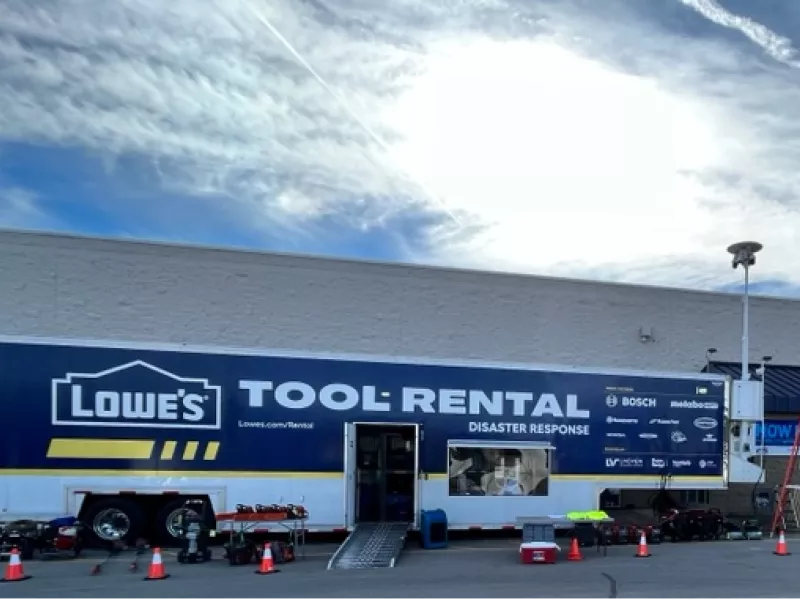
Advanced technology leads to faster disaster recovery
Because a number of Lowe’s stores reside in hurricane zones, the company also uses the Axis cameras to monitor a storm’s approach and quickly assess the damage it causes the property. “There was this hurricane in Louisiana,” remembers James. “Winds were probably up to 140 miles an hour. We expected to lose the feed from the PTZ camera on the front of the building at any moment, but it stayed up the whole time.”
The Lowe’s team was able to immediately determine the extent of the damage and marshal the resources to make repairs, even before they got on site. As a result, the company was able to get the store up-and-running without increased disruption.
Gleaning best practices from onsite technology training
To help Lowe’s benefit even more from their technology investment, Axis conducted an onsite certified professional training program for Lowe’s Technical Operations team, of which James is a part. “We not only took a deep dive into the different cameras models, but we also learned best practices for designing a location’s camera layout based on the location’s needs,” shared James. “They even exposed us to how we could do further third-party integrations down the road. That level of partnership has been huge for us.”
In addition to learning how to use tools like AXIS Device Manager to help Lowe’s expedite configuration, installation and maintenance of its new network system, James says that learning how to leverage VAPIX®, an application programming interface developed by Axis, has proven extremely valuable.
“We’re using VAPIX® to write scripts that will allow us to pull up a camera view from one store and then automatically compile a folder of images of that same camera location in all the other stores across the company,” says James. “That way we can determine whether a problem – like new signage placement blocking a camera view– is systemic or limited to that one store.” In the past, the team would have had to log into over 1,700 store cameras one at a time, pull up the image, and take note of what the camera was seeing. “The scripts create huge time savings for the store staff,” said James.
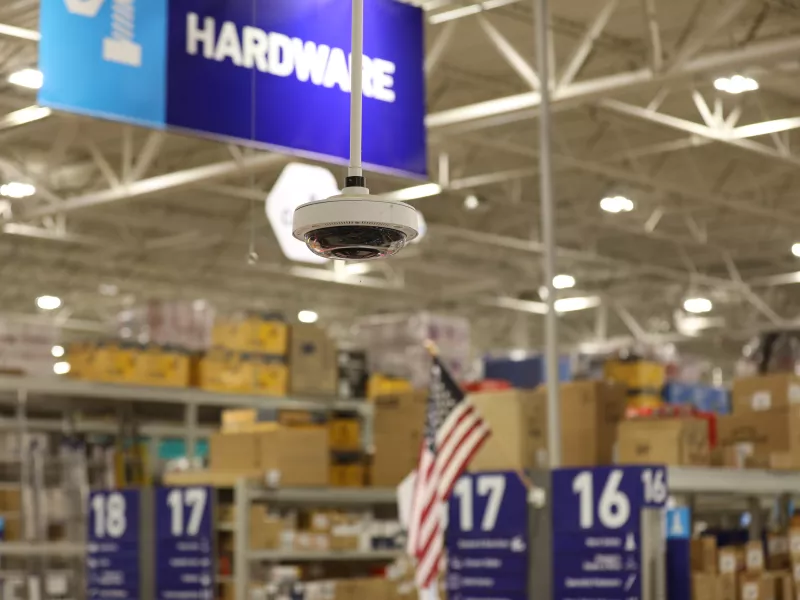
Unlocking greater potential within an open platform
Always with an eye towards improving Lowe’s operations, James values how Axis’ open platform gives Lowe’s great flexibility for future expansion, especially when it comes to supporting third-party integrations and internally developed analytics.
“One of the features we especially appreciate is Axis’ forethought to build cameras with multiple streams,” shares James. “This allows us to record video to our Genetec VMS and send a second stream to a server that’s hosting analytics. We use that secondary server to run third-party or internally developed analytics to model business opportunities, isolate problem areas, and gain new insights into how we can improve our operations.”
Products & solutions

